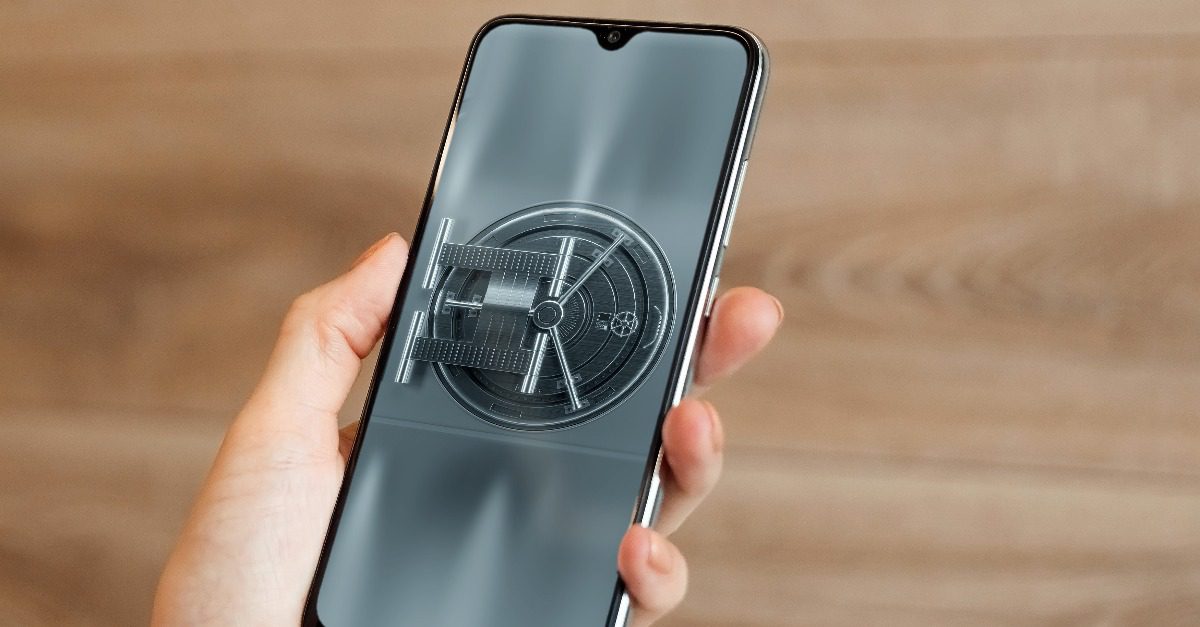User Privacy and Cell Phone Forensic Investigations

Timothy Primrose, Mobile Forensics Analyst
While cell phone data can be incredibly valuable, it is important for experts to consider the privacy of the individual whose data is being analyzed. As more and more personal information, such as browser history, photographs and text messages are stored on mobile devices, it is essential that the privacy of phone owners is respected by anyone handling these devices during the analysis and data preservation phases of an investigation.
Once legal authorization or consent is obtained, the forensic analyst may proceed with the data extraction process. This involves connecting the device to a computer and utilizing specialized software to safely collect the data. As you might imagine, technological innovations have led to increasingly large storage capacities for storing user data on devices such as tablets and smartphones – without even accounting for cloud storage, which is a topic for discussion in and of itself. Prior to analyzing the data extracted from a device, the analyst will define key parameters, such as a specific time frame. Applying parameters will narrow the dataset according to what information may be relevant to the investigation.
The data analysis process might involve reviewing the contents of text messages or emails, looking for patterns in call or location data, or examining photos and multimedia content. Any data deemed relevant is then prepared accordingly. At this point, any personal or sensitive information may be redacted if it is determined to be irrelevant by the expert. “Redaction” refers to the process of obscuring or removing sensitive information from a document or data file. It is important to note, however, that redaction does not entail editing or deleting any portions of the extracted data.
In a case that involves an allegation of distracted driving, for example, text message timestamps can help to establish whether a person was texting while simultaneously operating a vehicle. Now consider that one of the text messages sent within the time frame identified for analysis contains the cell phone owner’s social security number. The analyst should redact the sensitive content of the message so that the information that is ultimately presented to the appropriate parties contains relevant details, such as the timestamp, without compromising any confidential information.
Transparency with users regarding the methods and procedures utilized to collect and preserve their data is an effective way for forensic analysts to build trust and demonstrate a commitment to protecting the privacy and confidentiality of their personal data. The importance of privacy-focused digital forensics is set to rise in the coming years as the amount of personal information stored on mobile devices continues to increase. By prioritizing user privacy, digital forensic experts will play a crucial role in ensuring that sensitive and personal information is protected, without compromising their ability to provide valuable insights and evidence for a wide range of cases.
Categories: Cell Phone Forensics | Mobile Forensics | Timothy Primrose


